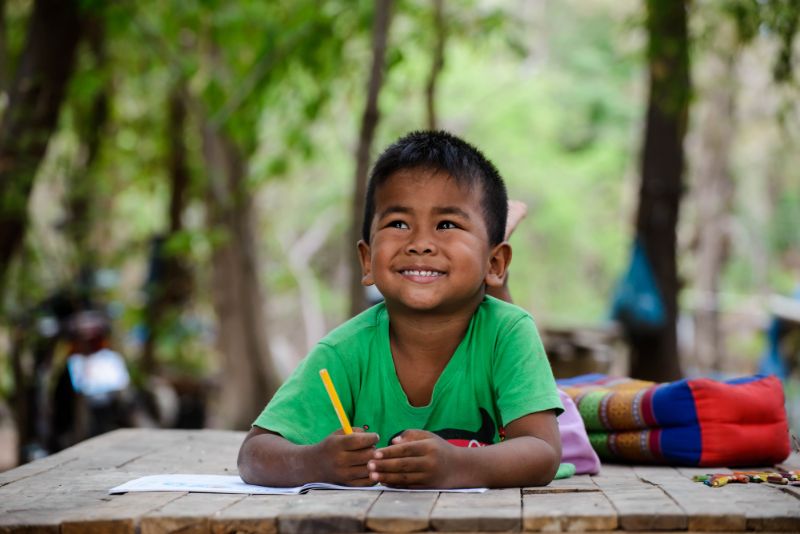Sponsoring a child allows an individual or family, most often in a developed country, to finance the needs of a child in a developing country. This may include funding the costs associated with education, nourishment, transportation, health, housing, or safety—in some cases, it is a combination of these costs.
Some child sponsors also give money to support the development of the community in which the child lives. It is estimated that approximately 9 million sponsors around the world donate a total of $3-5 billion to child sponsors per year.
The Child Sponsorship Process
A number of different charitable organizations offer child sponsorship programs. Some organizations are actual homes or institutions that provide shelter, clothing, food, education, and nurturing for orphan children. Other organizations act as third-parties between sponsors and families by distributing the funds to parents. Finally, some organizations provide a more community-based approach by using sponsorship funds to work on development projects that will directly benefit a number of children.
After a child is selected for sponsorship, the organization usually compiles information about the child and sends it to the individual or family interested in sponsorship. The organization may also facilitate communication between the sponsored child or parents and the sponsors. In cases where language is a barrier, the charitable organization will translate letters. Some organizations also organize community events and activities, such as additional meals, education or health information sessions, or counseling.
Organizations
Hundreds of organizations offer child sponsorship. Some of the most widely known organizations include World Vision, Save the Children, ChildFund International, Child In Need International, Food For The Hungry, and Partnership for Poverty Action.
History
Child sponsorship began in the mid-twentieth century. Children International, one of the foremost organizations, was founded in 1936, while ChildFund was started in 1938. The concept grew in popularity as many children suffered during the Second World War. In 1940, Save the Children USA launched a sponsorship program specifically for orphans in England.
Distributing Sponsorship Funds
The distribution of sponsorship funds changes from organization to organization. Some charitable organizations allot funds for community development projects, indirectly benefitting the child or family. Others distribute some funds to the family, an others to community projects.
Criticisms
Critics of the child sponsorship process argue that child sponsorship could create divisions between children in the same community, a select few of whom gain privilege through sponsorship. Others have purported that child sponsorship can perpetuate negative stereotypes of third-world countries and children needing the financial assistance of westerners to improve their situation. Finally, some child sponsorship organizations have been criticized for their colonialist approach to developmental work, while others have been the subject of inquiries into how much of sponsor-donated funding actually directly benefits the children. Certain organizations have come under fire for sending out information regarding the average child as opposed to an actual sponsor child. While developmental organizations that offer sponsorship programs may indeed promote and perpetuate negative stereotypes, they still manage to attract sponsors.

